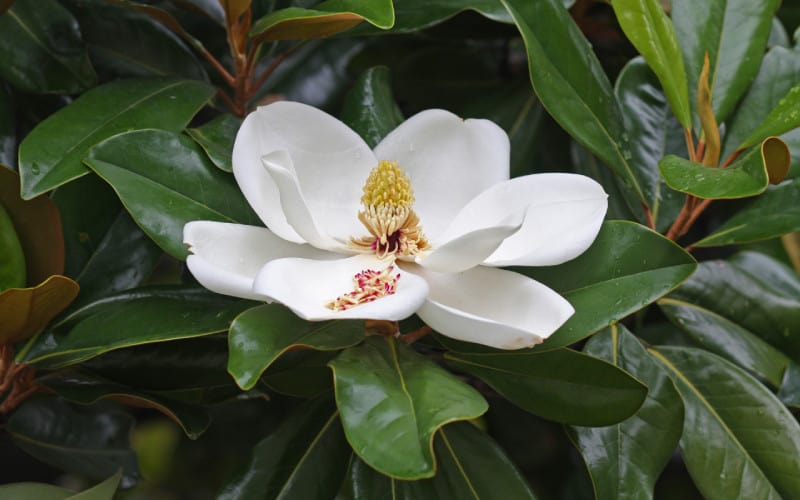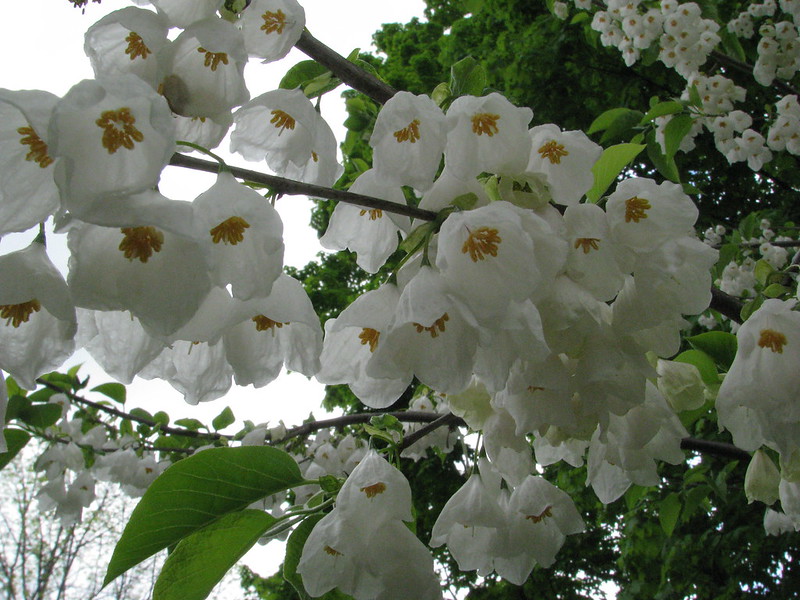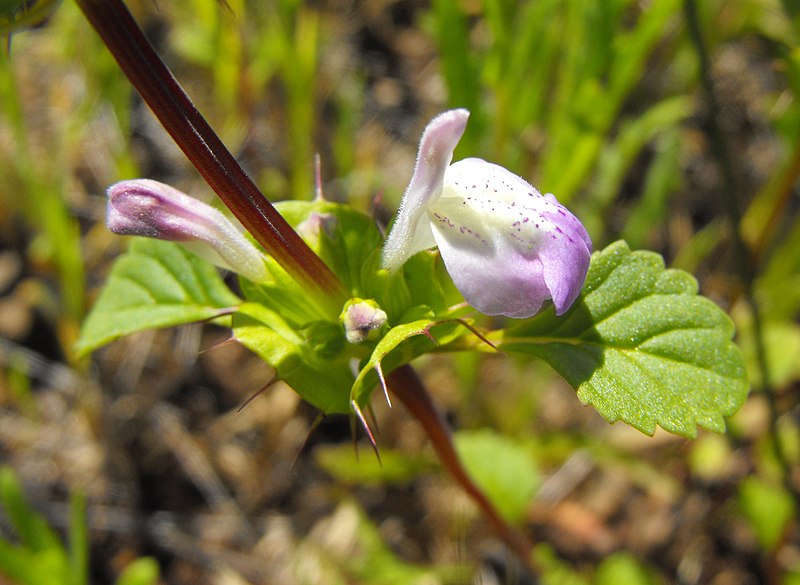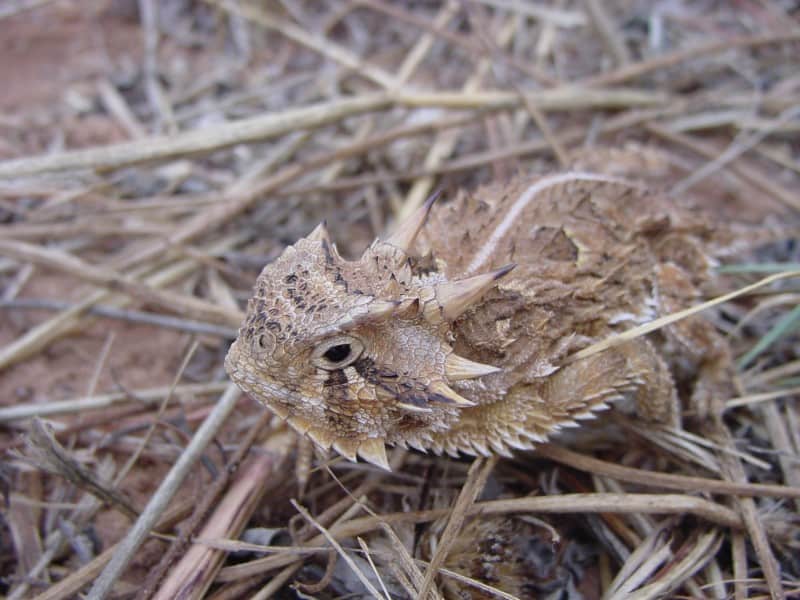 Source: https://bit.ly/2IcZud5 Photo: Rick Goldwaser CCL: https://bit.ly/1ryPA8o
Source: https://bit.ly/2IcZud5 Photo: Rick Goldwaser CCL: https://bit.ly/1ryPA8o
Bristlecone Pine Facts
- Without doubt, the remarkable flora known as the Bristlecone Pine ranks as the oldest known non-clonal living species on Earth. However, the truly descriptive common term actually applies to a total of three separate related plant species.
- All three of these trees grows slowly, though, due to the particularly dry soil, cold conditions, high winds, and short growing seasons. But, yet another characteristic distinguishes these absolutely amazing trees from any similar species.
- That holds true due to a surprising condition. That’s the fact that they also never attains a very great height. Even the needles on this pine appear to be extremely long-lasting. That’s because many of them remain on the branches for as long as forty years.
- Genetically related and visually similar pines also happen to exist. Some of these creations of Nature even coexist with them in the same habitat range. This fact, therefore, often renders it quite difficult to distinguish one species from the other.
- Due to this challenging situation, an exact tally of the numbers of the Bristlecone Pine remains impossible to determine with complete accuracy. The IUCN, however, currently lists all three species of the Bristlecone Pine as Near Threatened.
Related Articles



Bristlecone Pine Physical Description
The amazing Bristlecone Pine truly remains one of the most unusual trees on the planet. In fact, it develops a most distinctive shape. That holds true because the trunks of the amazing type of pine develop in extremely gnarled shapes and patterns.
This obviously has the net result of giving the intriguing plant an unmistakable shape. The breathtaking tree also packs all of these mesmerizing qualities into a surprising package. That’s because the species remains relatively small compared to most relatives.
In fact, no known individuals ever achieve a height measuring greater than 60 ft (18.3 m). Amazingly, most individuals remain considerably shorter than that. Even its root system develops in a highly unusual nature. This occurs because this grows extremely branched.
This particular component of the remarkable tree also typically remains quite shallow in nature. Typically, however, only a few of the larger roots provide the necessary stability. Even the wood of the stunning Bristlecone Pine stands out from most other pines.
In point of fact, this astonishing feature of the fascinating three species develops as extremely dense in nature. Yet, it’s also typically quite resinous. This characteristic also has the benefit of providing the tree with resistance to insect pests, aiding in its longevity.
- Kingdom: Plantae
- Phylum: Pinophyta
- Class: Pinopsida
- Order: Pinales
- Family: Pinaceae
- Genus: Pinus
Bristlecone Pine Distribution, Habitat, and Ecology
Of great interest to those who appreciate the resourcefulness and tenacity of Nature remains the habitat that the astonishing Bristlecone Pine evolved as native to. That’s due to yet one more particularly amazing fact common to all specimens of the unique plant.
That’s true because the trees live only on a few remote, dry mountaintops located in six states in the United States, in North America. This awesome plant also typically grows at high altitudes ranging between 5,600 and 11,200 ft (1,700 and 3,400 m) in elevation.
The vast majority of individuals of each of the three species generally occur at high elevations. Incredibly, these appear at or above altitudes of 10,000 ft. It also grows in soil that contains high amounts of sandstone, limestone, calcium, and magnesium.
Another astonishing fact remains about the Bristlecone Pine. Al known specimens average 1000 years old. In fact, the oldest one, bearing the name Methuselah, is currently 4,789 years old. But one more fact remains to make these trees true marvels of Nature.
That’s due to the fact that, given their incredibly great density, dead trees can remain standing for centuries. Thankfully, most surviving individual trees now reside within the confines of National Parks and thus enjoy a certain amount of protection.
Species Sharing Its Range



Check out our other articles on 6 Amazing South American Species, Pearl Shoal Waterfall, Chinese Lantern, Long-Finned Pilot Whale, Swell Shark, Southern Darwin’s Frog











Leave a Reply